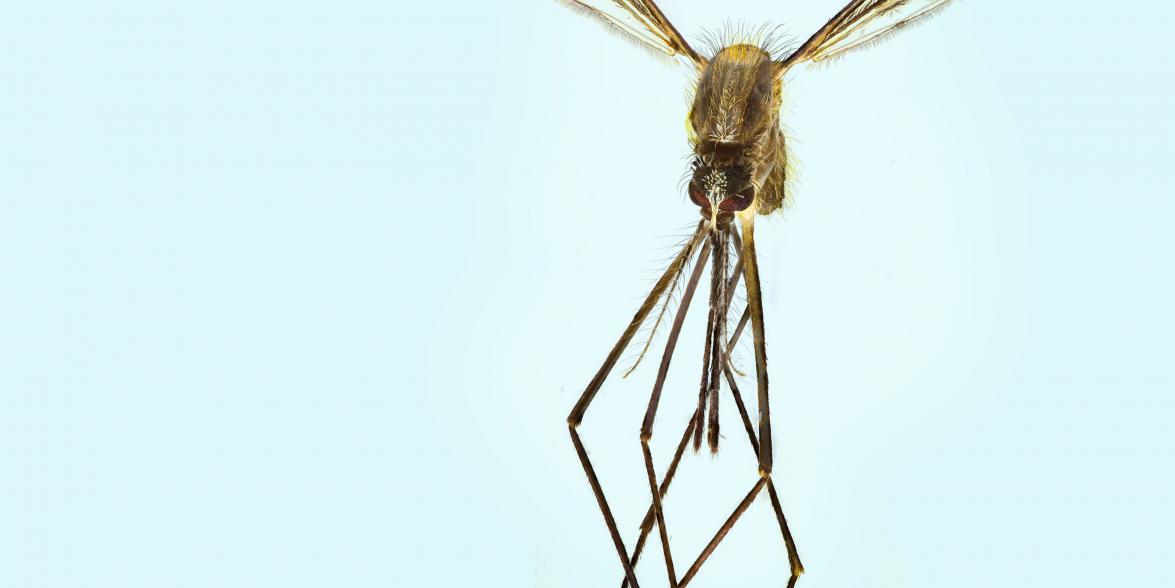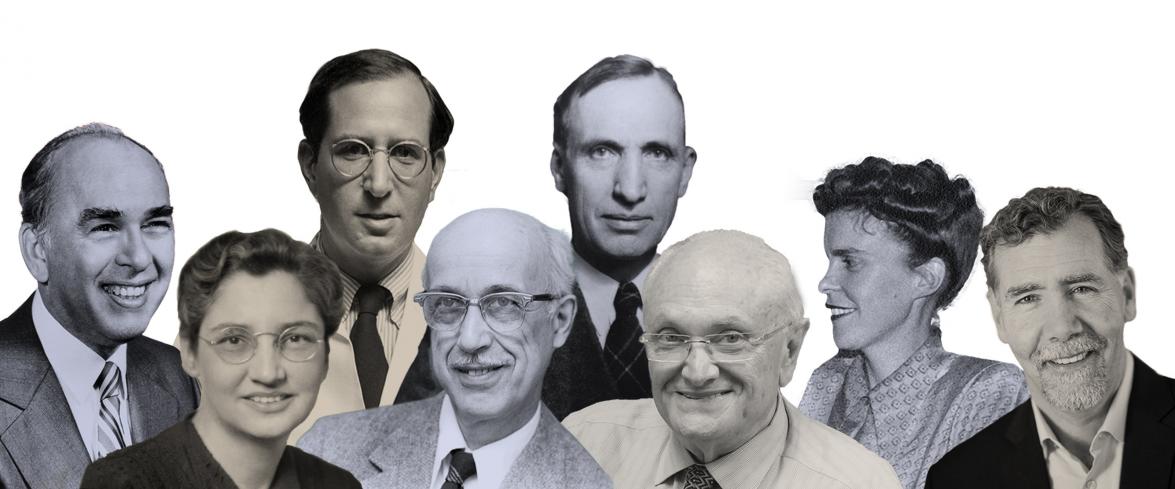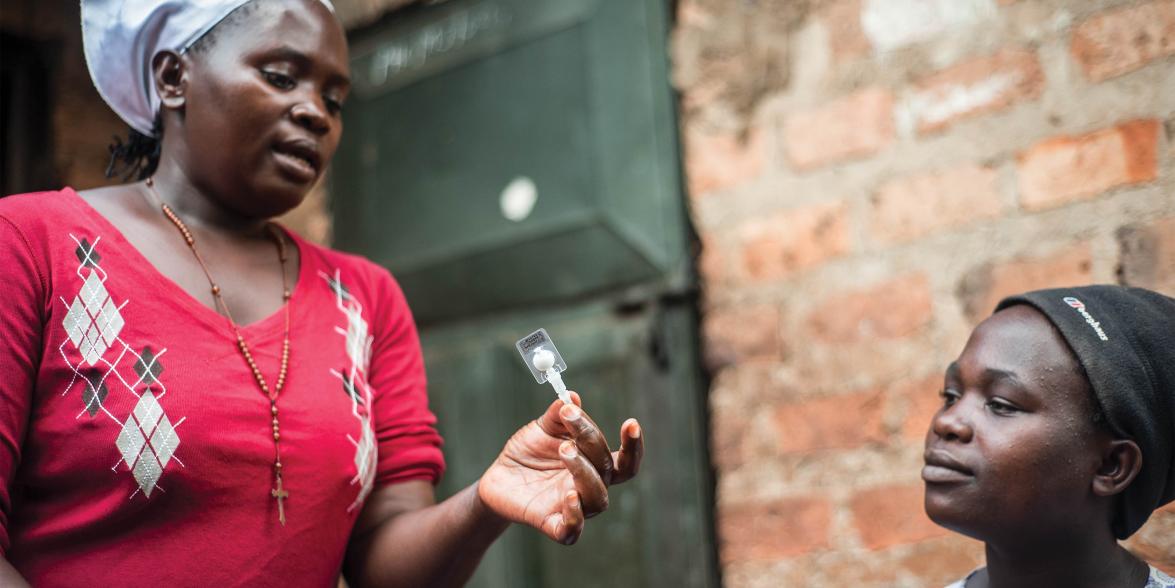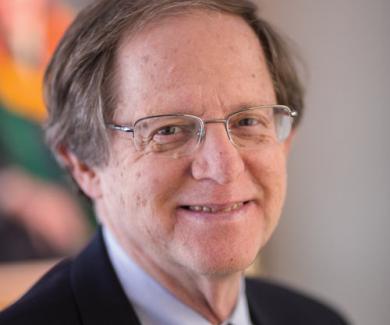
For the Win
Antimalaria innovators in the Americas compete for the championship title.
In June, when Paraguay became the first country in the Americas in 45 years to wipe out malaria, world health leaders rejoiced. But the jubilation was tempered by a rising number of malaria cases worldwide, including a dramatic surge in Venezuela.
According to the latest WHO World Malaria Report, there were 875,300 malaria cases and 653 deaths reported in the Americas region in 2016. “It’s very important to keep malaria on the radar in these countries and to keep pushing … to eliminate malaria in the entire region,” says Gabrielle Hunter, MHS ’06, a senior program officer in the Center for Communication Programs.
That’s the goal of PAHO's annual Malaria Champions of the Americas Award, which recognizes innovative local, national and cross-national antimalaria initiatives. The champion receives capacity-building training from PAHO and WHO and $2,500 for efforts to fight malaria.
Two finalists and the top winner of the 2018 competition—sponsored by PAHO, CCP, George Washington University, UN Foundation, Florida International University and the American Society of Tropical Medicine and Hygiene—will be named at a November 6 Malaria Day in the Americas ceremony at PAHO headquarters in Washington, DC.

Epi(c) Anniversary
Epidemiology's 2019 Centennial is a celebration of history-making science.
Through a mix of leadership and visionary research, the Department of Epidemiology has accelerated development of the polio vaccine, revealed the progression of HIV/AIDS and deployed spatial epidemiology to predict the probability and location of epidemics. The School’s epidemiologists have been, and remain, at the center of this core public health discipline.
The Centennial celebration kicks off on November 8 with a look back the past 100 years and wraps up the following day with a discussion of teaching and training in the next 100 years.
-
1919
Wade Hampton Frost, MD, of the U.S. Public Health Service—the first to accurately calculate the size of the 1918–19 Spanish influenza pandemic—becomes founding chair of the School’s (and the world’s first) Epidemiology Department.
-
1934
The American Journal of Hygiene,* based in the School, publishes its first “epidemiologic number,” with articles on yellow fever, malaria, schistosomiasis, hookworm, diphtheria and deafness.
(*This became the American Journal of Epidemiology in 1965.) -
1944
Epidemiology faculty member Miriam E. Brailey, MD, DrPH ’31, helps design Maryland’s Tuberculosis Control Program and raises awareness of racial disparities in hospital bed availability and TB mortality rates.
-
1947
David Bodian, MD, PhD, Howard Howe, MD, and Isabel Morgan, PhD, study chimpanzees immunized with inactivated poliovirus vaccines, essential to the development of the Salk polio vaccine.
-
1959
Renowned tuberculosis epidemiologist George W. Comstock, MD, DrPH ’56, conducts studies of isoniazid treatment for tuberculosis, resulting in major declines in tuberculosis in Alaska Natives.
-
1983
Epidemiology faculty member Moyses Szklo, MD, DrPH ’74, directs the first Graduate Summer Institute in Epidemiology and Biostatistics at the School. This becomes the current Summer Institutes, one of the premier continuing education programs in public health.
-
1986
1986 Alfred Sommer, MD, MHS ’73—dean from 1990 to 2005—discovers that inexpensive vitamin A supplements can reduce child mortality in the developing world by up to 33 percent.
-
1996
1996 Epi researchers launch the first large-scale epidemiological study of the health risks of air pollution.
-
2012
2012 Epidemiology Professor Chris Beyrer, MD, MPH ’91, and Richard Chaisson, MD, cofound the Johns Hopkins Center for AIDS Research with a focus on Baltimore’s HIV epidemic, junior faculty development and international research.

Long-Term Yields
The 2018 ICFP will focus on family planning's high ROI.
From 2000 to 2015, Rwanda embodied a family planning success story. Use of modern contraceptive methods increased from 4 percent to 48 percent, and the total fertility rate dropped from 5.8 children per woman to 4.2.
This progress brought a new possibility into view. With continued investment, by 2030 Rwanda could reap the benefits of the demographic dividend: the economic boost resulting from increasing numbers of working-age people relative to dependents.
The fifth International Conference on Family Planning in Kigali, Rwanda, set for November 12–15, will highlight achievements like this in Africa and beyond.
The conference theme—Investing for a Lifetime of Returns—underscores the broad and lasting value of investing in family planning, even beyond the benefits for individual women and families.
Cohosted by the government of Rwanda and the School’s Bill & Melinda Gates Institute for Population and Reproductive Health, the ICFP will convene an expected 3,500 researchers, policymakers, advocates and youth to present research and map a path toward universal access to reproductive health by 2030.
In Case You Missed It
The Word on Wolfe Street
Watch
In a June 19 appearance on C-SPAN, Paul Spiegel explains that the type of “toxic stress” and trauma that children undergo as a result of being separated from their parents at the U.S. southern border can actually affect the developing brain’s architecture.
Read
A July 18 Newsweek story highlights findings by sex-differences researcher Sabra Klein showing that women’s flu-damaged lung tissue heals more slowly than men’s, a disparity associated with production of the protein amphiregulin.
Follow
Cassandra Crifasi’s recent research, which found that large urban counties with gun licensing requirements had gun homicides rates 14 percent lower than counties without them from 1984 to 2015, is featured in a June 1 story in U.S. News & World Report.
“I hope we can end up with a robust set of policies we know will reduce gun violence in the U.S.”
Share This: What has been your most valuable lesson?

Anita Shankar
Environmental Health and Engineering
Good ideas never really die. They may need to be nurtured, they may take a form you had not expected, but they will survive—and if you are lucky—will thrive. So keep at it.

Prakash Srinivasan
Molecular Microbiology and Immunology
Science happens. That brain tickle you experience after getting a “bizarre” result is not to be discounted. It has led me to exciting new opportunities. I guess hide and seek is the nature of this game!
Events Watch
Food, Glorious Food
3 Questions for Keith West, DrPH ’86, MPH ’79, RD
Center for Human Nutrition Professor Keith West previews Hopkins Nutrition 2018, the October 10 symposium that will celebrate 100 years of the School’s pioneering nutrition research and explore exciting work at Hopkins on the nutrition front today.
What is the signifcance of 1918?
It’s the publication year of The Newer Knowledge of Nutrition by E.V. McCollum, the School’s first nutrition professor and discoverer of vitamins A and D. It was a major nutrition textbook in the first half of the 20th century.
What’s on the program?
Planned talks include the George G. Graham Lecture, the latest on diet and preventing cardiovascular disease, how the world can have enough fish and protect our planet, and ways to improve the nutrition of women and children globally.
Anything else you’re looking forward to?
Photojournalists Peter Menzel and Faith D’Aluisio will present their photo essay What the World Eats. What does a week’s worth of food look like in Ecuador or Bombay, for example. Their photos really capture the spirit of the public health agenda.
